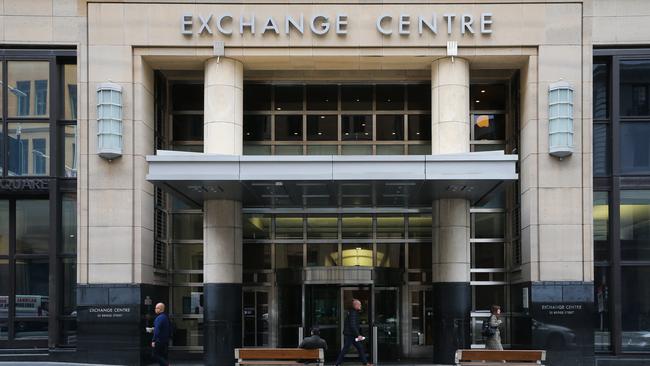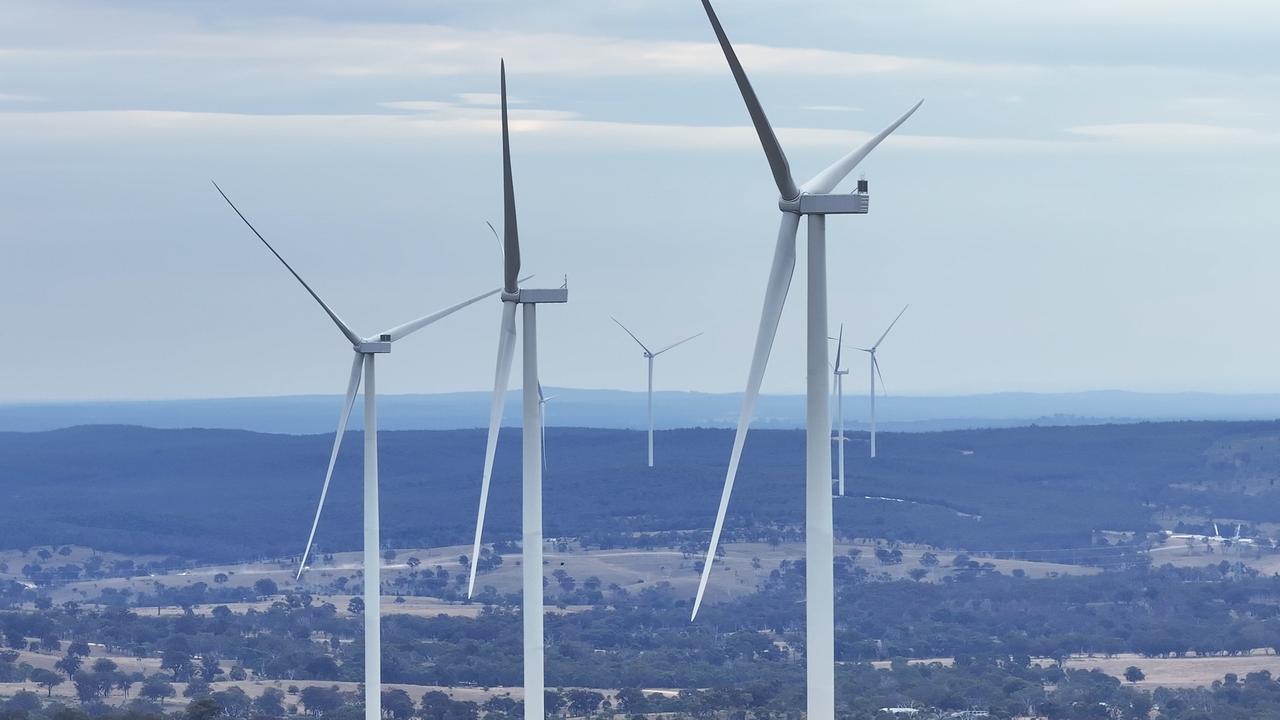Warren Buffett’s Berkshire Hathaway dumps Apple shares
After moderately large falls in US equities on Friday the liquidation of risk assets in Monday’s Asia-Pacific session turned ugly.

Business
Don't miss out on the headlines from Business. Followed categories will be added to My News.
A hard landing for the US economy is by no means expected and may not even be likely at this stage.
But for markets that were priced for a Goldilocks scenario a growth slowdown calls for a correction.
Unfortunately for risk assets, disappointing US jobs added to the recession fears sparked by weak manufacturing data last week and news that Warren Buffett’s Berkshire Hathaway sold a net $US75.5bn in stocks in the three months through June added to the negativity.
After moderately large falls in US equities on Friday the liquidation of risk assets in Monday’s Asia-Pacific session turned ugly. In its worst day since the height of the Covid-19 pandemic in May 2020, Australia’s S&P/ASX 200 benchmark plunged 3.7 per cent to 7649.4 points, wiping almost $102bn.
Japan’s Nikkei 225 plunged 13.5 per cent in a single day – it’s worst fall since 1987 – as a surging Japanese yen compounded the damage from a budding meltdown in the tech stocks globally. Nasdaq 100 futures were down 5.6 per cent while S&P 500 futures were off 3 per cent.
But markets were vulnerable to a pullback for reasons other than a potential hard landing in the US economy. Apart from during the Covid-19 pandemic, investors hadn’t seen such a weak manufacturing employment gauge since the global financial crisis, and a spike in the US unemployment rate to 4.25 per cent was enough to trigger a “Sahm rule” warning of recession.
But there hasn’t yet been any material shift in views on the macroeconomic backdrop or labour market to warrant fear of major job losses or outright recession in the US at this point.
These were only one month of data and subject to revision.
No doubt Monday’s release of US ISM Services PMI data and the Fed’s Senior Loan Officer Opinion Survey had the potential to either reinforce or dismiss the negativity.
But it will obviously be important to monitor economic data and lay-offs in coming weeks.
Worrying signs included stretched sentiment and positioning, the stock market’s poor seasonal track record in August through October in recent years, and the presidential election, where pullbacks tend to happen in the September and December quarters.
“Generally speaking, those problems haven’t been resolved and keep the stock market vulnerable to additional declines for the time being,” RBC Capital Markets Head of Global Equity Strategy, Lori Calvasina, points out.
“The seasonal playbook seems to be working so far, with the S&P 500 still managing to post a positive return in July before falling as August gets underway.”
Current readings on bullish sentiment were barely below a point that has helped signal short-term equity market peaks in recent years, and US equity futures positioning remained above all-time highs as well for the stock market broadly and S&P 500 contracts.
And in the US Presidential race, Harris pulled ahead of Trump in the PredictIt market last week.
US equity market performance has been closely correlated with Trump’s trend in betting markets.
Calvasina also said the S&P 500 has been vulnerable because her valuation modelling implies that at recent highs the S&P 500 was already baking in several US rate cuts this year.
“This tells us it’s a natural time to look at the next chapter for stocks beyond the cuts,” she said.

Second, the S&P 500 has tended to run up ahead of the first rate cuts by the Fed and to peak and pull back shortly after they occur, and Friday’s jobs report and Thursday’s ISM report lent some support to the idea that the Fed has waited too late to start cutting.
“The history of stock market declines following the onset of past cutting cycles tells us this is a natural debate to have right now,” she adds.
But her thoughts were that a pullback in the S&P 500 would likely settle out in the 5-10 per cent.
Falls of 10-20 per cent in recent decades tend to be associated with growth scares, and falls of over 20 per cent have tended to be associated with outright recessions.
“We still have questions about the jobs report, specifically on weather impacts,” Calvasina says.
“For now, 10 per cent remains our assumption for how deep a pullback could go but we’re monitoring the jobs discussion closely for risk of a growth scare settling in given how skittish investors appear to be.”
Similarly while the ISM Manufacturing survey and non-farm payrolls data last week have triggered a major shift in market sentiment, Betashares chief economist David Bassanese can’t see a reason for a “sudden US lurch into recession.”
“Recessions usually arise from imbalances or shocks, and the US is not really suffering from either at present, with corporate and household balance sheets still in reasonable shape and inflation almost back to the Fed’s target level.”
He says the US may just be “easing back or ‘re-normalising’ in conditions after the post-Covid pressure cooker environment of extreme labour shortages and stimulus-driven demand.”
“Of course, this negative dynamic could build momentum – inadvertently tipping the economy into at least a brief recession – a risk which the Fed is likely monitoring closely,” he cautions.
The market is almost fully pricing a 50 basis points Fed rate cut at the September policy meeting, and almost 125 basis points, which is not out of the question if economic data continue to weaken.
But J.P. Morgan warns that the reward for risk in stocks remains “challenging”.
“At index level, we stay cautious on equities, expecting the phase of ‘bad is bad’ to arrive, where stocks weaken as bond yields fall,” said J.P. Morgan strategist, Mislav Matejka.
“Against that backdrop, one doesn’t play risk-on trades – it is pure Defensives that should be top.
“Entering this year, investor expectations were for a Goldilocks outcome – growth acceleration and at the same time for a quick Fed easing, starting already in March,” he added. “The early Fed cuts and the consequent improving credit impulse didn’t materialise, which will weigh on growth.”
Originally published as Warren Buffett’s Berkshire Hathaway dumps Apple shares



